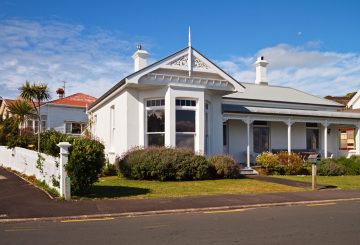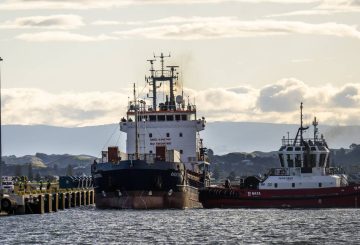政府は、軍隊の過去最高の人員削減と闘う中で、今後何年にもわたって防衛要員の賃金引き上げに4億ドル以上を費やす予定です。
クリス・ヒプキンス首相は、国王の戴冠式のために1週間にわたってロンドンを訪れた後、月曜日にウェリントンに戻り、国防費に関する予算前発表を行いました。
ヒプキンス氏は、現在の防衛要員の賃金は「不公平」であり、人員削減につながっていると述べています。
パンデミック後の労働市場が厳しい状況にある中、国防軍は2年間で制服を着たスタッフの 30% を失いました。多くの人員に支払われる賃金は、民間市場よりもかなり低く、ほとんどの防衛関連の仕事は民間人よりも少なくとも5パーセント低く、中には18パーセントにもなるものもあります。
5月18日の予算で防衛に割り当てられる予定の総額には、月曜日の早い時間にポスト紙が報告した防衛資産とインフラに2億4300万ドル、賃金として4億1900万ドル、さらに防衛基地の住宅用に8500万ドルが含まれます。
防衛費を4年間で4億1900万ドル引き上げると、国防軍の年間10億ドルの賃金請求額が毎年10パーセントも増加することになります。
国防長官のケビン・ショート航空元帥は4月に、国防省は職員がドアから出て行くのを防ぐために1回限りの支払いとして6,000万ドルを提供していると語り、賃金を上げて人員を維持するために、次の予算で少なくとも6,000万ドルを追加する必要があると提案しました。
国民党は、将来の予算でさらに予算が配分されれば、今後数年間で国防費が減少すると予想されることを批判し、国防費を増やすよう政府に要請している。
国民党が入手した数字によると、正規軍の4パーセントにあたる362人の兵士が、1時間あたり26ドルの生活賃金を下回っています。
クレジット:sunlive.co.nz






























































